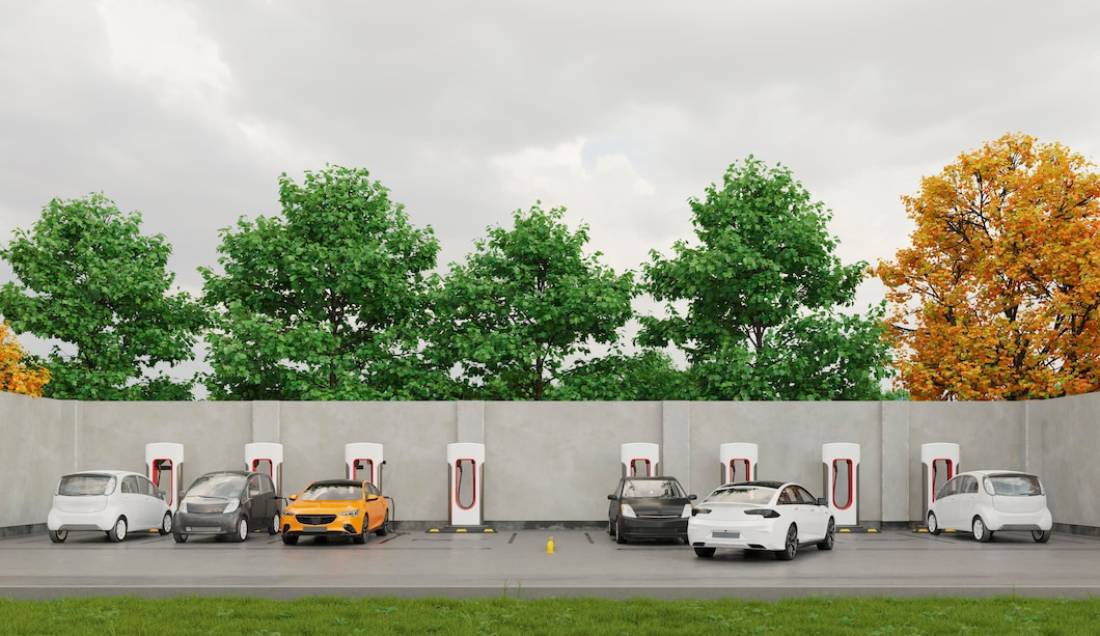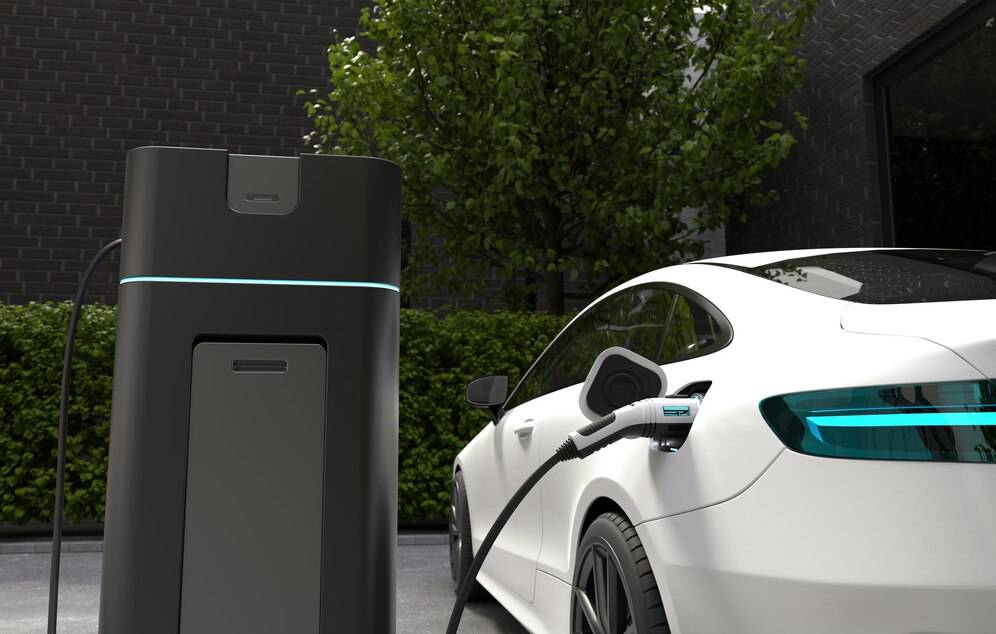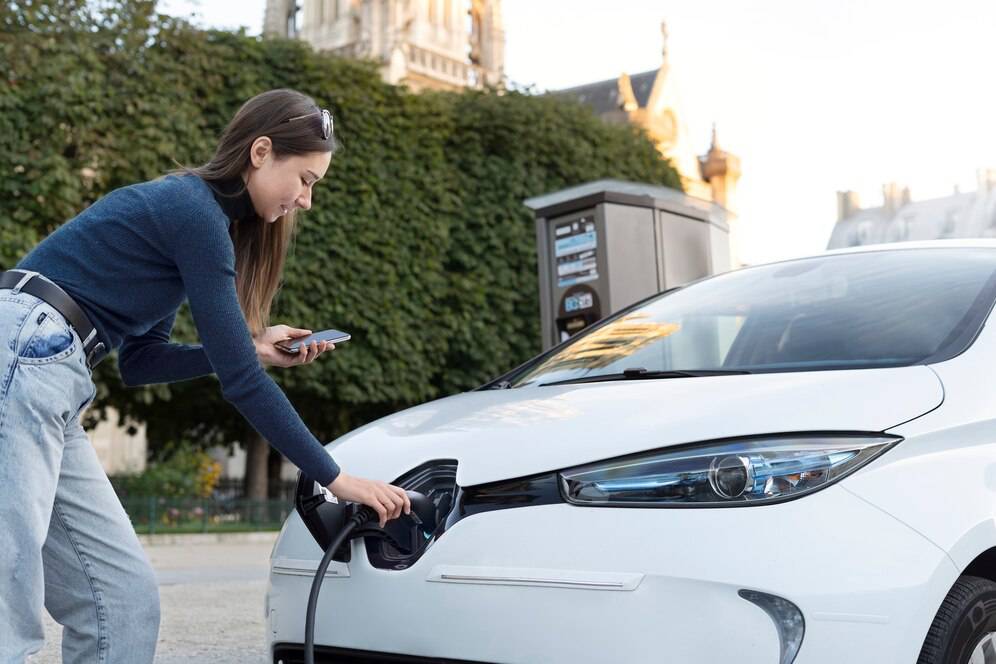
Are Electric Vehicles Really Better for the Environment?
The discussion surrounding electric vehicles (EVs) and their eco-credentials is charged with contrasts. Some see them as a breakthrough in sustainability. Others worry about hidden risks. Are EVs really greener? Governments are pushing for green travel, and automakers are shifting to electric. We need to find out the answer.
This article will explore the sustainability of EVs. It will look at their carbon footprint, energy sources, and long-term effects on the planet.
The Carbon Footprint of EVs vs. Traditional Vehicles

Manufacturing Emissions
Electric vehicles are hailed as the green heroes of our roads. However, their production can travel down a less-than-eco-friendly path. The manufacturing of batteries demands a hefty slice of energy and crucial minerals: lithium, cobalt, and nickel. Mining these resources can result in environmental woes, from deforestation to soil erosion and water pollution. These issues cast shadows on sustainability, raising eyebrows and concerns alike.
- Mining and Extraction Issues: To extract lithium, a key EV battery component, takes nearly 500,000 gallons per ton of lithium. This leads to groundwater depletion in regions like South America.
- CO2 Emissions in Manufacturing: An EV battery can create 50-100% more CO2 than an internal combustion engine (ICE) vehicle. Still, EVs have zero tailpipe emissions, which helps offset these emissions over time.
- Potential Solutions: Researchers are exploring options like solid-state batteries that use safer materials. They are also working on better battery recycling to reduce the need for new materials.
Lifetime Emissions Comparison
Despite the emissions from manufacturing, EVs make up for their environmental impact over their lifespan. Multiple studies indicate that EVs produce up to 70% fewer emissions over their lifetime compared to ICE vehicles.
- Emissions Reduction Factors: The overall reduction in CO2 depends on factors such as the energy grid’s cleanliness, battery lifespan, and driving habits.
- Country-Specific Data: Countries with a high proportion of renewable energy sources, such as Norway, France, and Canada, see 80-90% lower lifetime emissions for EVs compared to ICE vehicles. In contrast, in coal-heavy nations like China and India, EVs still offer lower emissions than petrol cars but by a smaller margin.
- Vehicle Lifecycle Considerations: Over a typical 15-year vehicle lifespan, an EV can offset its initial manufacturing emissions within two to three years of driving, making it a greener long-term choice.
Energy Source and Sustainability

The Role of Renewable Energy
A major factor in determining how eco-friendly an EV is relates to the source of electricity used for charging. In regions with fossil-fuel-based power grids, EVs are still cleaner than petrol cars but not completely carbon-neutral.
- Impact of Power Grid Composition: The more solar, wind, and hydro energy used in a country’s grid, the more sustainable EVs become.
- Green Charging Solutions: Many governments and private companies are investing in renewable energy charging stations, ensuring that EVs are powered by clean energy rather than coal or natural gas.
- Future Potential: By 2030, over 60% of the global energy supply is expected to come from renewable sources, making EVs even more sustainable.
The Growth of Green Energy Transportation
To boost sustainability in EVs, manufacturers are adding solar panels and smart tech. They use clever designs and new charging systems.
- Solar-Powered EVs: Trailblazers like Aptera Motors and Lightyear are crafting solar-powered rides. These vehicles capture sunlight and produce their own electricity. This means they don’t need to be charged from outside sources.
- Carbon-Neutral Production: Powerhouses such as Tesla, Nissan, and Volkswagen are on a green quest. They aim for carbon-neutral factories where renewable resources fuel the entire manufacturing journey.
- Sustainable Charging Networks: The charging landscape is changing. It now uses more solar farms, wind power, and hydro stations. This shift offers cleaner energy choices for eco-conscious EV drivers.
Battery Recycling and Environmental Challenges

Battery Waste Management
Disposing of EV batteries is one of the industry’s biggest environmental challenges. If we don’t recycle EV batteries correctly, they could contribute to e-waste issues, which could seriously harm the environment.
- Current Recycling Efforts: Companies like Redwood Materials and Li-Cycle lead the way in closed-loop battery recycling. They repurpose old EV batteries into new ones.
- Government Regulations: Germany and Japan have strict battery disposal laws. These laws require manufacturers to create sustainable recycling methods.
- Emerging Technologies: Hydrometallurgical recycling techniques safely extract lithium, nickel, and cobalt from old batteries. This reduces the need for new mining operations.
Reducing Resource Dependency
Innovations in battery technology are reducing reliance on environmentally harmful materials:
- Solid-State Batteries: They are more efficient and use fewer rare earth metals. This helps cut down on pollution from mining.
- Second-Life Applications: Used EV batteries are now repurposed for energy storage systems. They help store renewable energy for homes and businesses.
- Alternative Battery Chemistries: New options like sodium-ion batteries offer a sustainable choice instead of lithium-based batteries.
Additional Environmental Concerns: Water Use, Land Impact, and Social Issues
Beneath the surface of CO2 emissions and battery waste lies a treasure chest of concerns. The production of electric vehicles sends ripples through water reserves, land integrity, and the very fabric of society.
- Water Use: Lithium mining in Chile’s Atacama Desert is a serious problem. It drains vital water supplies and puts local communities and rich ecosystems at risk.
- Deforestation & Land Impact: Large nickel mining in Indonesia and the Democratic Republic of Congo has caused major deforestation. This threatens local biodiversity.
- Social & Ethical Issues: Many cobalt mines in the Congo Basin are known for child labour. They exploit local workers and spark urgent demands for ethical sourcing of battery materials.
- Potential Solutions: Big names like BMW and Tesla are taking action. They focus on ethically sourced materials. They also make sure their supply chains avoid human rights violations.
Conclusion
So, are EVs truly better for the environment? The answer is largely yes, but with important caveats.
Initial carbon footprints of EVs may seem hefty, courtesy of manufacturing and battery production. Yet, their lifetime emissions soar significantly lower than their petrol and diesel counterparts.
To make EVs eco-friendly leaders, the industry needs to focus on sustainable mining and ethical sourcing. Battery recycling and the evolution toward clean energy grids are vital cogs in this green machine. Battery tech and renewable energy will boost EV sustainability in the future.
We aim for cleaner transportation. The goal is to make the whole EV journey—mining, making, charging, and disposing—much greener. Consumers, manufacturers, and policymakers all need to work together. This united effort will help make EVs the sustainable choice we want for future generations.
What’s your take? Will EVs fulfil their sustainability promise, or do major hurdles loom ahead?


